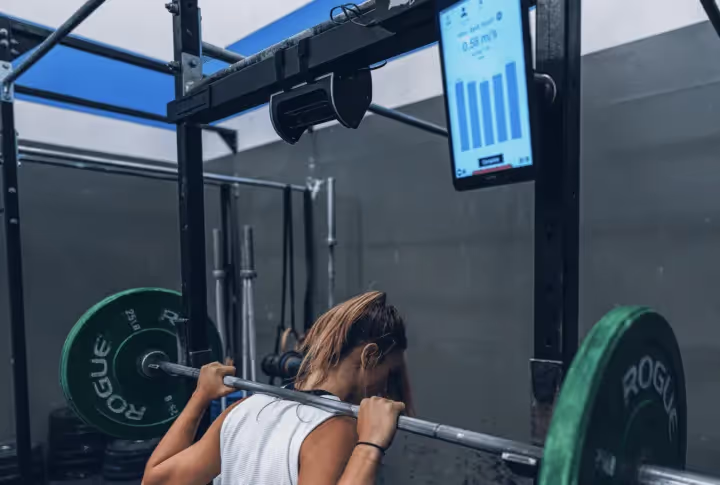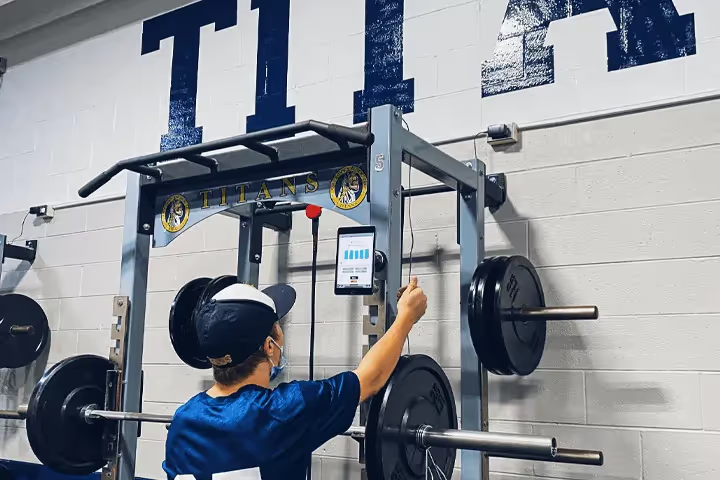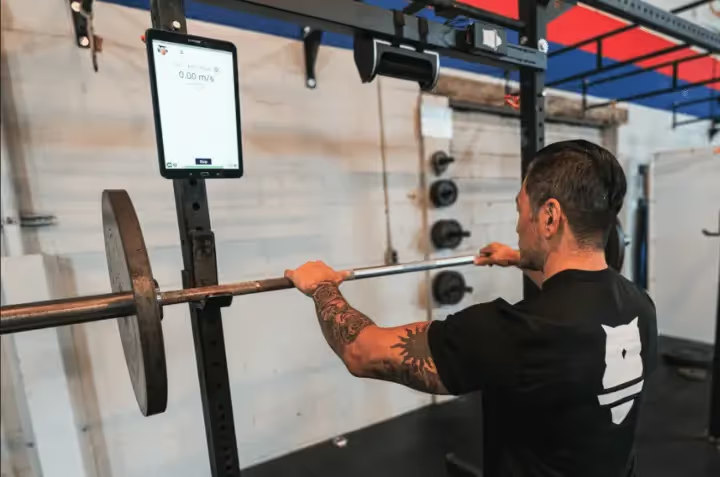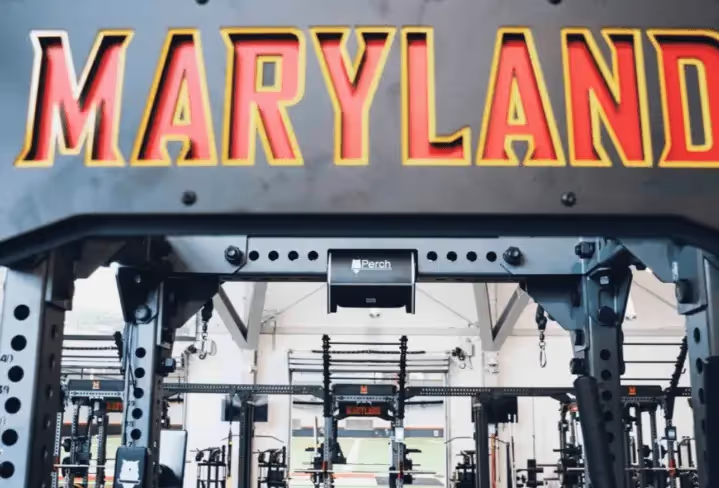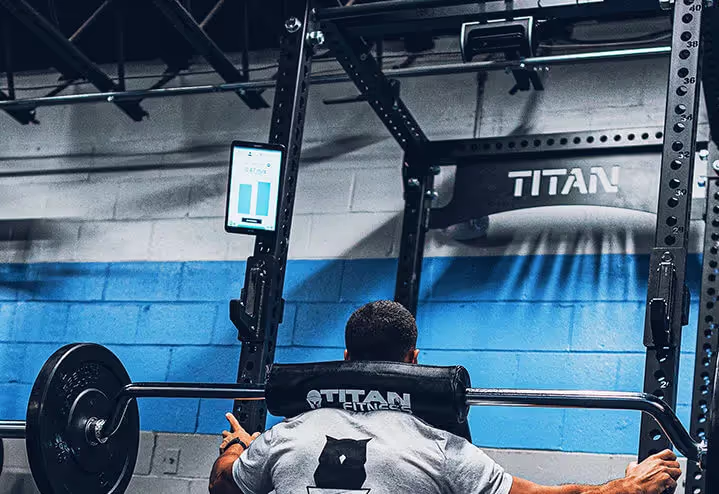Velocity Based Training Dictionary: VBT Terminology

This week we wanted to define some key phrases, buzzwords, and practices used with Velocity Based Training. Often and without even realizing it, coaches and athletes alike can misuse VBT terminology associated with strength training, so we wanted to provide a quick at-a-glance look at some key definitions. We’ll also provide some equations to hopefully shed more light on some VBT terminology. All citations can be found at the bottom. Without further ado:
VELOCITY:
Measure of how quickly an object moves. The change in the position of an object divided by the time it takes. Velocity is a vector quantity and therefore has direction. Velocity is measured in m/s.
Velocity = (final position) – (initial position) / time
Velocity = displacement / time
POWER:
The rate at which work is done. Measured in Watts (W).
Power = work / time
Power = force x displacement / time
Power = force x velocity
FORCE:
The mass of an object multiplied by its acceleration, it has both magnitude and direction. Measured in Newtons (N)
F = mass x acceleration
SPEED:
Distance traveled per unit of time; how fast an object moves regardless of direction
Speed = distance / time
VELOCITY BASED TRAINING:
The training methodology of utilizing a piece of technology to track the movement speed in a given direction of an exercise
PERCENTAGE BASED TRAINING:
The training methodology of utilizing various percentages of an individual’s one repetition maximum (1RM) in order to determine the weight used in each training session.
1RM:
One repetition maximum; the maximum amount of weight a person can lift for a single repetition of a given exercise.
AUTOREGULATION:
A form of periodization that adjusts to the individual athlete’s adaptations on a day-to-day or week-to-week basis
MEAN (VELOCITY OR POWER):
The average of all numbers; a calculated central value defined by adding up all numbers and divided by how many numbers there are
m = sum of terms / number of terms
PEAK (VELOCITY OR POWER):
The maximum or highest value in a wave (upward motion)
ECCENTRIC:
In weightlifting, movement that lengthens a muscle while concurrent contraction occurs. Typically the lowering portion of a movement.
CONCENTRIC:
In weightlifting, movement that shortens a muscle while concurrent contraction occurs. Typically the raising portion of a movement.
ISOMETRIC:
In weightlifting, a static muscular contraction without any visible movement or change in the joint angle.
LOAD:
The amount of weight on the bar
FATIGUE:
In weightlifting, failure to maintain the required or expected force due to muscular exhaustion. The inability of a muscle to continue to contract.
EFFORT:
Specifically for VBT, the “intent” to perform a lift with maximum concentric acceleration. Alternatively, a vigorous or determined attempt.
INTENSITY:
In weightlifting, the difficulty of an exercise. In some circles, “how heavy” defines intensity. In physics, power transferred per unit area (W/m2)
VOLUME:
In weightlifting, the number of repetitions of a given exercise or training session
EXERTION:
The effort put forth of an individual on a given rep or set
FREQUENCY:
How often an individual performs something (a rep, a set, a workout etc)
MINIMUM VELOCITY THRESHOLDS:
Usually the velocity associated with the last successful rep in a maximal effort set, this will then serve as the cutoff velocity for maximal efforts in the future.
MEAN PROPULSIVE VELOCITY:
The average velocity from the start of the concentric phase until the end of the movement where the acceleration is greater than the acceleration due to gravity (all data points in the concentric movement above where acceleration of barbell is greater than -9.81m/s and averaged)

OTHER RELEVANT POSTS!
Want to see VBT terminology in action? Check out our VBT research review series!
Curious about how different populations can utilize VBT? Check out our VBT for specific populations series!
Check out our Return To Play from Covid-19 series!
Read more about Perch here! And check out Product Videos here. And our support website here.
Back to basics? Review the origins of VBT and Strength Training!
FOLLOW US!
Keep checking back for more velocity based training content, tips, tricks, and tools. And don’t forget to follow us on Twitter , Instagram and Linkedin and like us on Facebook .
SOURCES:
- Baechle, T., Earle, R., & National Strength & Conditioning Association (U.S.). (2008). Essentials of strength training and conditioning (3rd ed.). Champaign, IL: Human Kinetics.
- Kennedy, D. B. M. & C., & Entheos. (2016). VELOCITY-BASED TRAINING AND AUTOREGULATION APPLIED TO “SQUATTING EVERY DAY”: A CASE STUDY BLUF. 24(7), 48–55.
- Science, R. S. of. (2017, March 28). Velocity Based Training for Maximal Strength. Retrieved from https://www.strengthofscience.com/articles/velocity-based-training-maximal-strength/
- Thomas, D. (2015). The dictionary of physical geography (4th ed.) [4th]. Wiley-Blackwell. (2015). Retrieved December 17, 2019, Velocity Based Training. (2019, December 16). Retrieved from https://www.scienceforsport.com/velocity-based-training/#toggle-id-1.

Start Gathering Data With Perch Today!
Reach out to us to speak with a representative and get started using Perch in your facility.

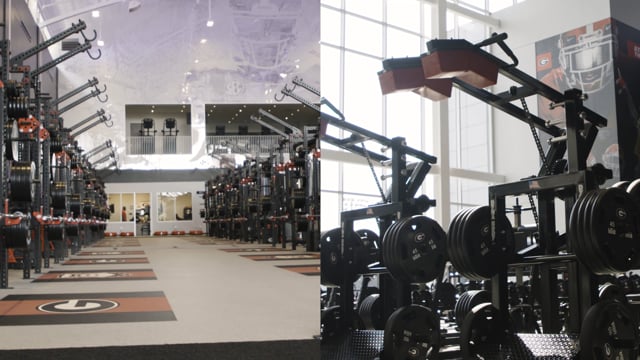
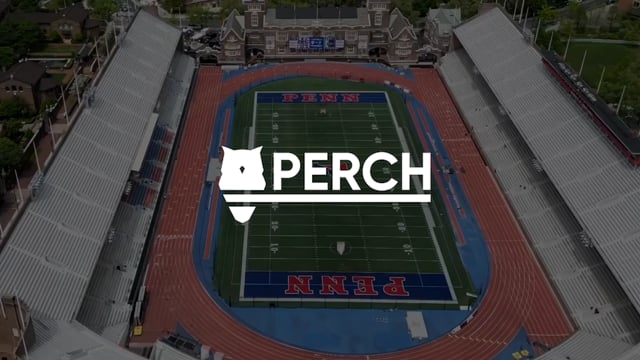



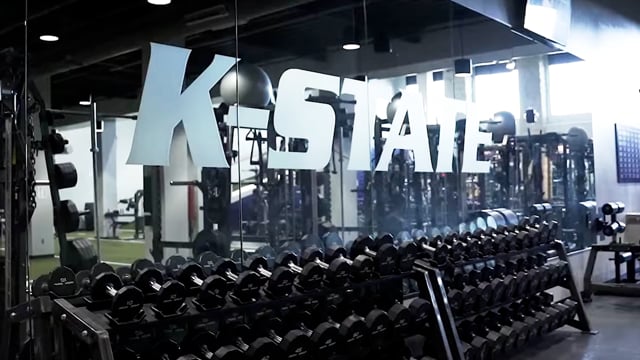


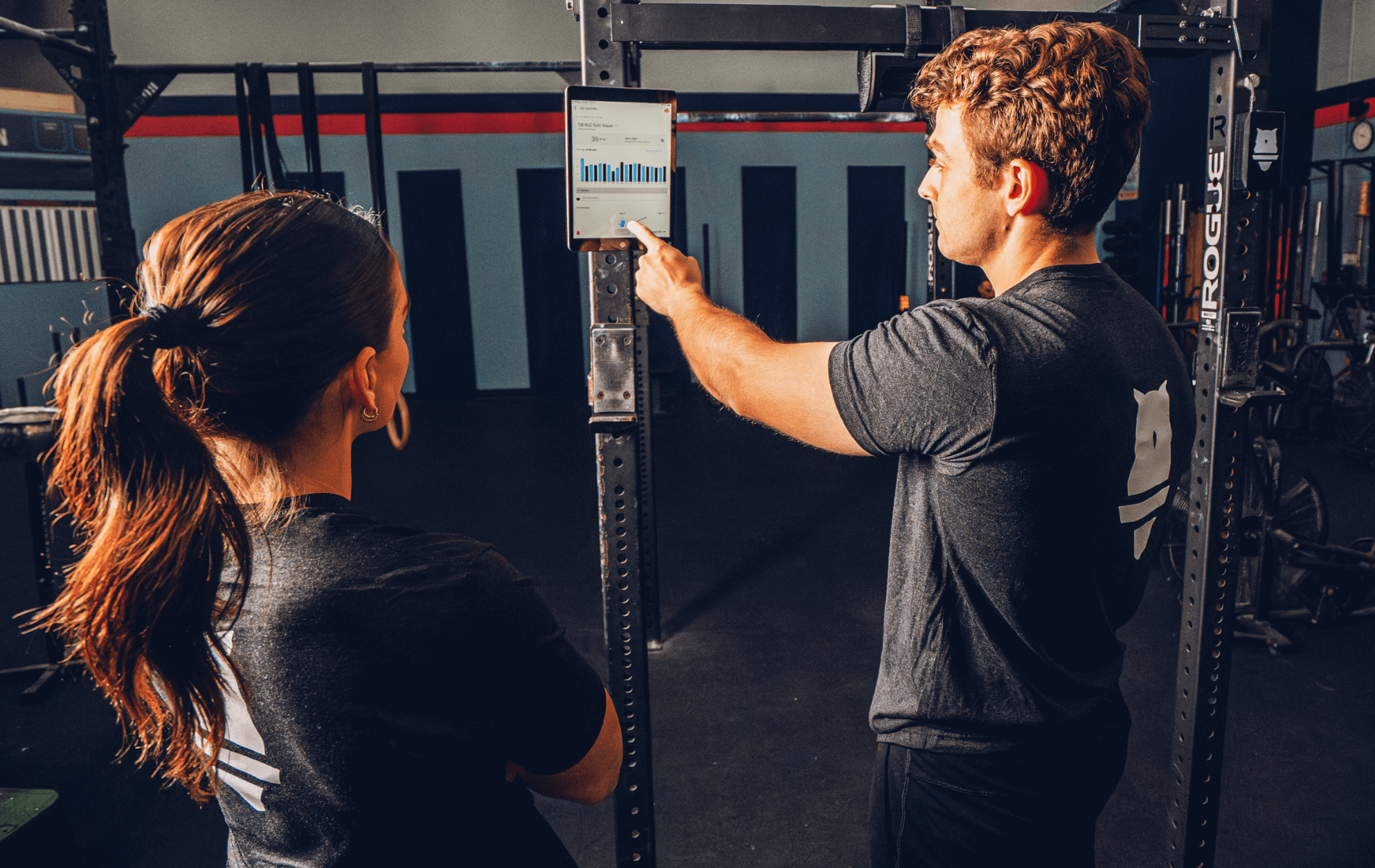

































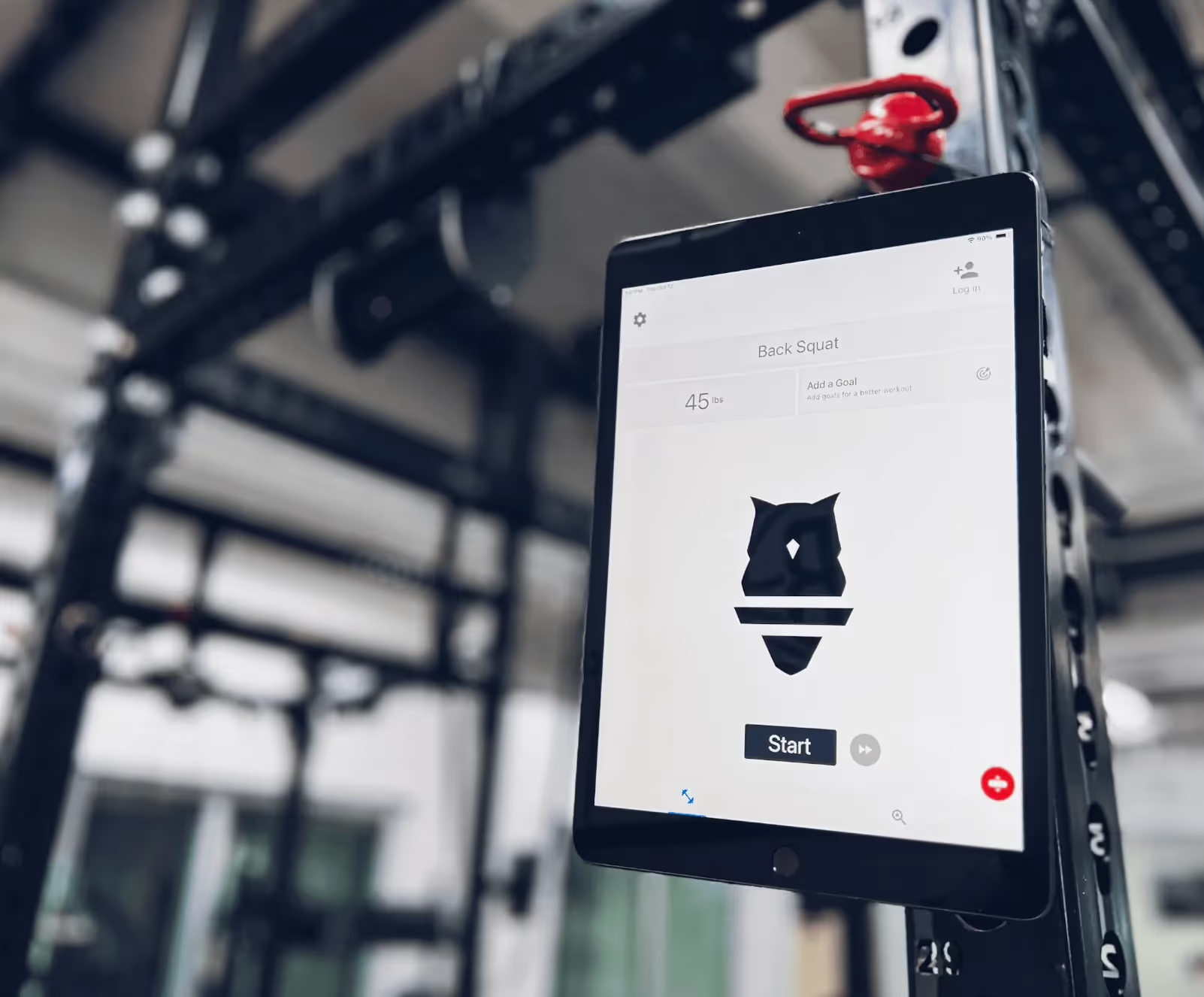



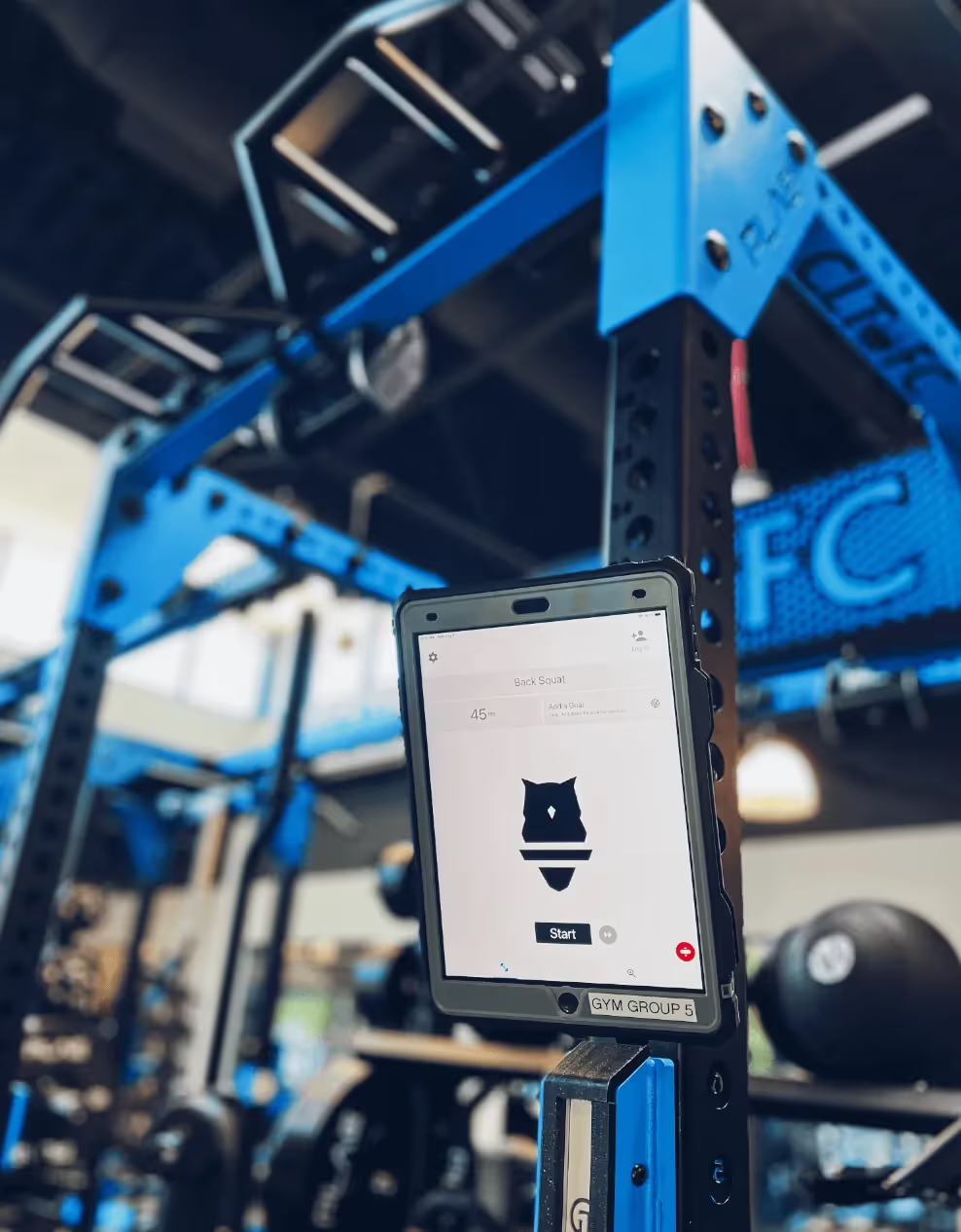
















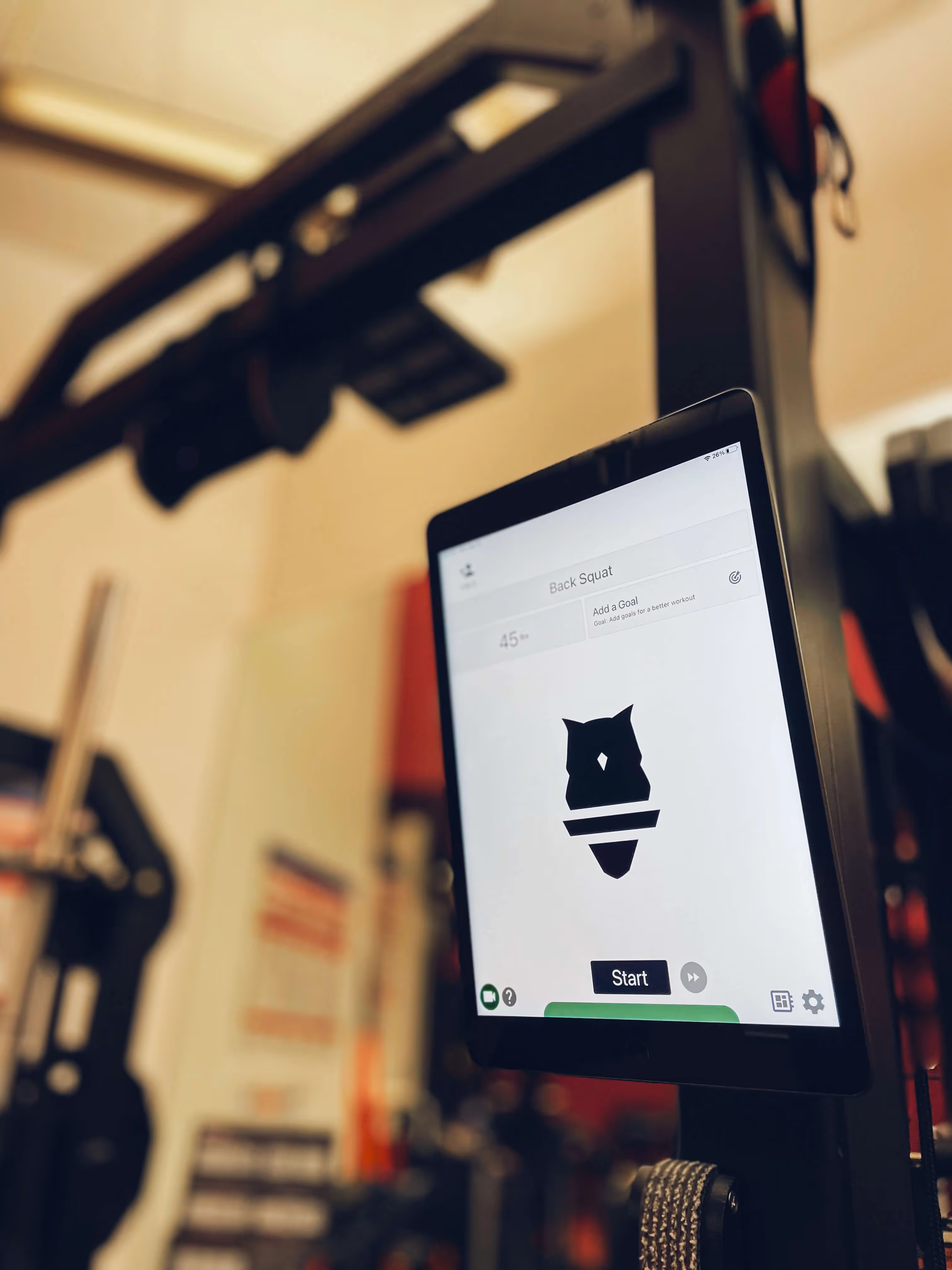








.avif)

